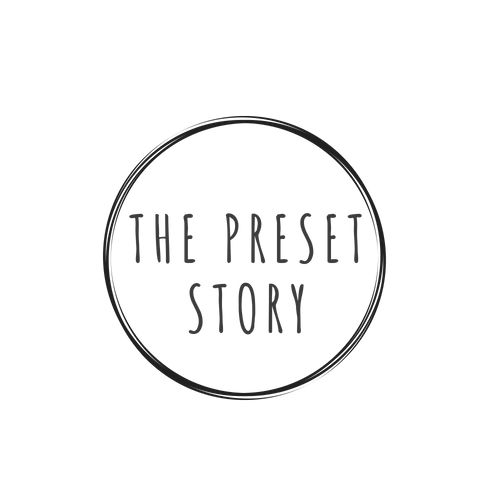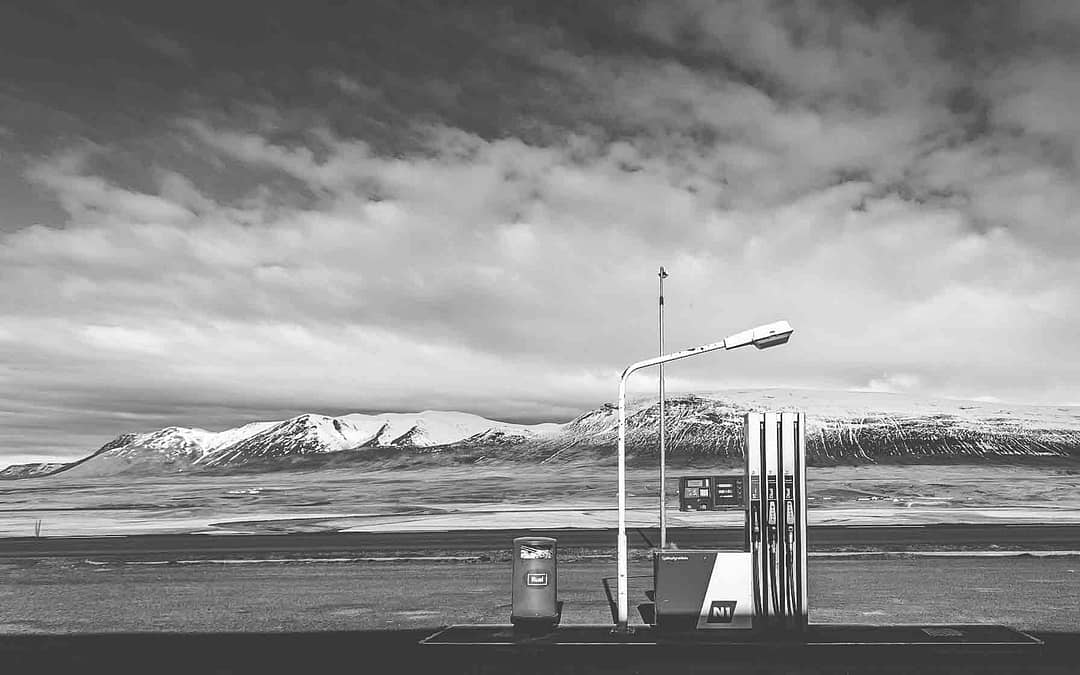Mastering Your Photo Editing Style: A Comprehensive Guide to Discovering and Refining Your Unique Look
Table of Contents
- Introduction
- Understanding the Importance of Photo Editing Styles
- Analyzing Top Photographers and Their Styles
- Finding Inspiration for Your Style
- Experimenting with Different Techniques
- Evaluating and Refining Your Style
- Consistency and Adaptability
- Conclusion
Introduction
Welcome to our comprehensive guide on mastering your photo editing style. In this article, we will take you through the process of discovering and refining your unique look, as well as understanding the importance of photo editing styles, analyzing top photographers' techniques, finding inspiration, experimenting with different methods, and maintaining consistency.
Understanding the Importance of Photo Editing Styles
A distinctive photo editing style sets you apart from the competition and helps you create a consistent brand identity. It enables your audience to recognize your work instantly, forging a strong emotional connection with your art.
The Role of Photo Editing Styles in Personal Branding
- Identity: A well-defined style showcases your creative vision and reflects your personality as a photographer.
- Consistency: A consistent editing style across your portfolio helps establish your brand and makes your work memorable.
- Credibility: Mastery of your editing style demonstrates your expertise and professionalism, leading to increased credibility in the industry.
Analyzing Top Photographers and Their Styles
Studying the work of renowned photographers is an excellent way to understand different photo editing styles and techniques. Analyze their use of color, contrast, and composition to identify the elements that appeal to you.
Examples of Famous Photo Editing Styles
- Annie Leibovitz: Known for her dramatic and intimate portraits, Leibovitz uses rich colors, bold contrasts, and strategic lighting to create striking images.
- Steve McCurry: Famous for his vivid storytelling, McCurry employs vibrant colors, strong compositions, and natural light to capture the essence of his subjects.
- Cindy Sherman: As a conceptual photographer, Sherman experiments with various styles, textures, and themes to create thought-provoking images.
Finding Inspiration for Your Style
Discovering your unique photo editing style involves gathering inspiration from different sources, such as photography books, online galleries, or social media platforms.
Sources of Inspiration
- Photography Books: Explore the work of renowned photographers and study their techniques to gain insights into their editing styles.
- Online Galleries: Websites like 500px, Behance, and Flickr showcase a wide range of photographic styles, providing an abundance of inspiration.
- Social Media Platforms: Instagram, Pinterest, and Twitter are excellent platforms for discovering new photographers and keeping up-to-date with current trends in photo editing.
Experimenting with Different Techniques
To develop your photo editing style, experiment with various techniques and tools in editing software like Adobe Lightroom or Photoshop. Try different presets, filters, and adjustments to see how they affect your images.
Techniques to Explore
- Color Grading: Manipulate colors to evoke specific moods or enhance the overall feel of your images.
- Contrast and Exposure: Experiment with different levels of contrast and exposure to create dynamic, eye-catching photos.
- Cropping and Composition: Explore various cropping techniques and compositional guidelines to improve the balance and harmony in your images.
- Selective Adjustments: Use brushes, gradients, and masks to make precise adjustments and emphasize specific elements within your photos.
Evaluating and Refining Your Style
As you experiment with different techniques, evaluate your progress and make necessary adjustments to refine your photo editing style.
Tips for Evaluation and Refinement
- Self-Critique: Analyze your work objectively and identify areas for improvement.
- Feedback: Seek feedback from fellow photographers, mentors, and your audience to gain valuable insights and perspectives on your editing style.
- Comparison: Compare your work to that of other photographers you admire to understand what sets your style apart and how you can improve it.
- Continued Learning: Stay up-to-date with the latest photography trends and editing techniques by attending workshops, enrolling in online courses, and participating in photography forums.
Consistency and Adaptability
Balancing consistency and adaptability is crucial to maintaining a successful photo editing style. While a consistent style establishes your brand identity, being adaptable allows you to evolve and stay relevant in the ever-changing world of photography.
Maintaining Consistency
- Develop a Workflow: Create a consistent workflow for your editing process to ensure uniformity across your portfolio.
- Use Presets and Templates: Save your preferred settings as presets or templates to streamline your editing process and maintain consistency.
Embracing Adaptability
- Experiment Regularly: Continuously explore new techniques and tools to keep your editing style fresh and innovative.
- Learn from Feedback: Be receptive to feedback from your audience and peers, and use it to adapt and refine your style.
- Stay Current: Keep up with industry trends and technology advancements to ensure your editing style remains relevant and engaging.
Conclusion
Developing a unique and recognizable photo editing style is an ongoing journey. By understanding the importance of photo editing styles, analyzing the work of top photographers, finding inspiration, experimenting with various techniques, evaluating your progress, and balancing consistency with adaptability, you'll be well on your way to mastering your own distinctive style. Remember to stay open to learning, embrace feedback, and continue evolving as a photographer. Happy editing!


